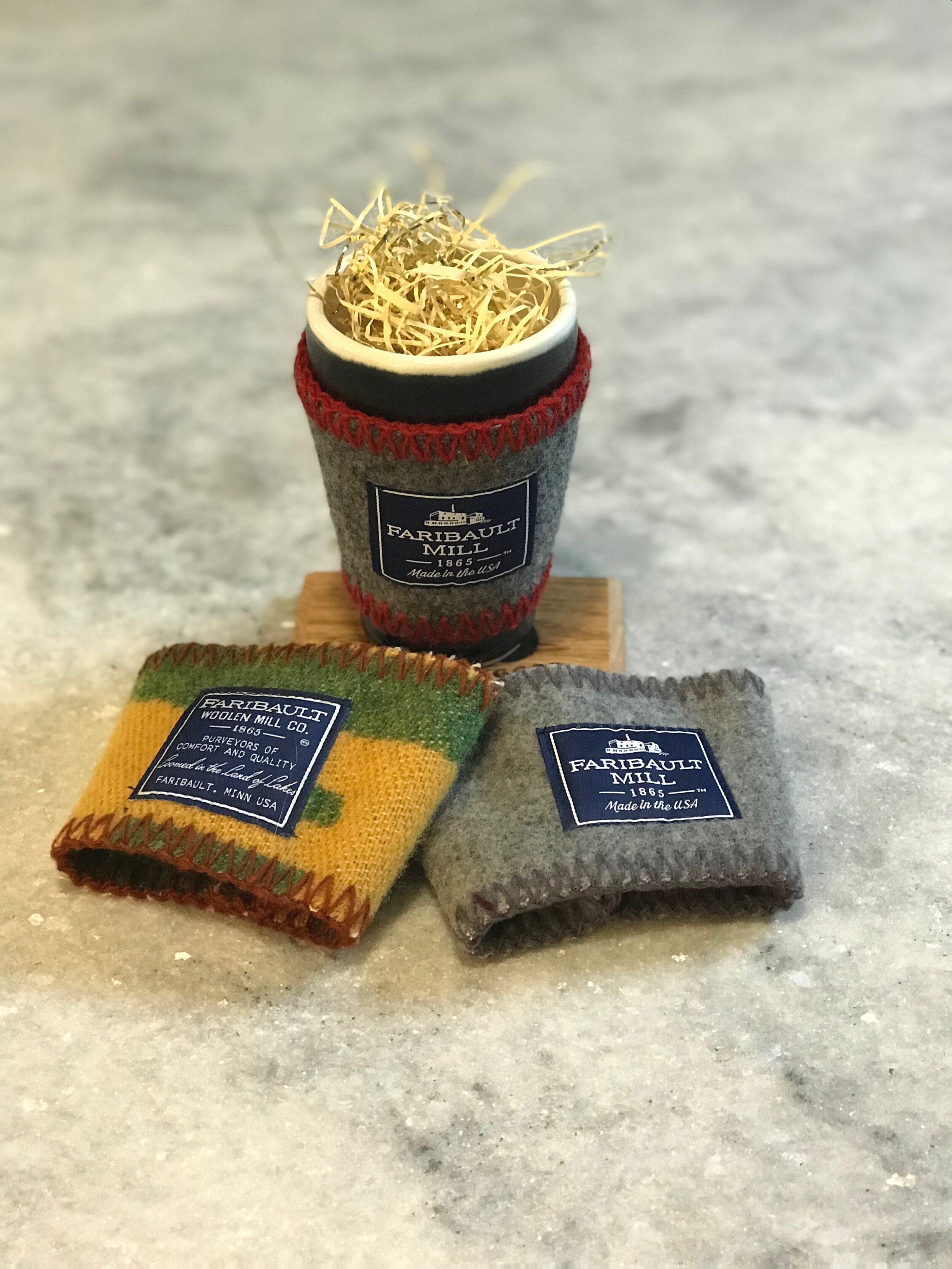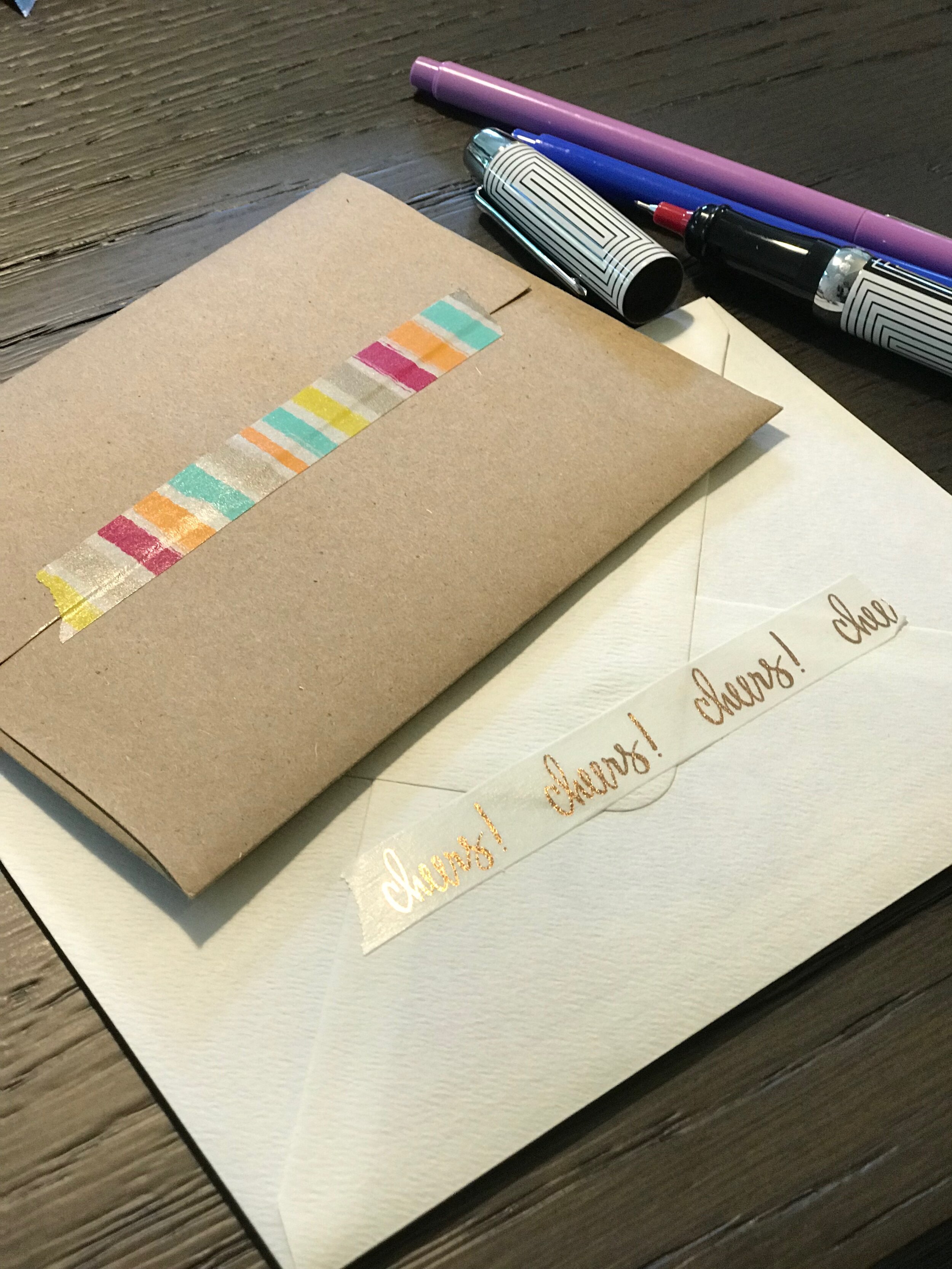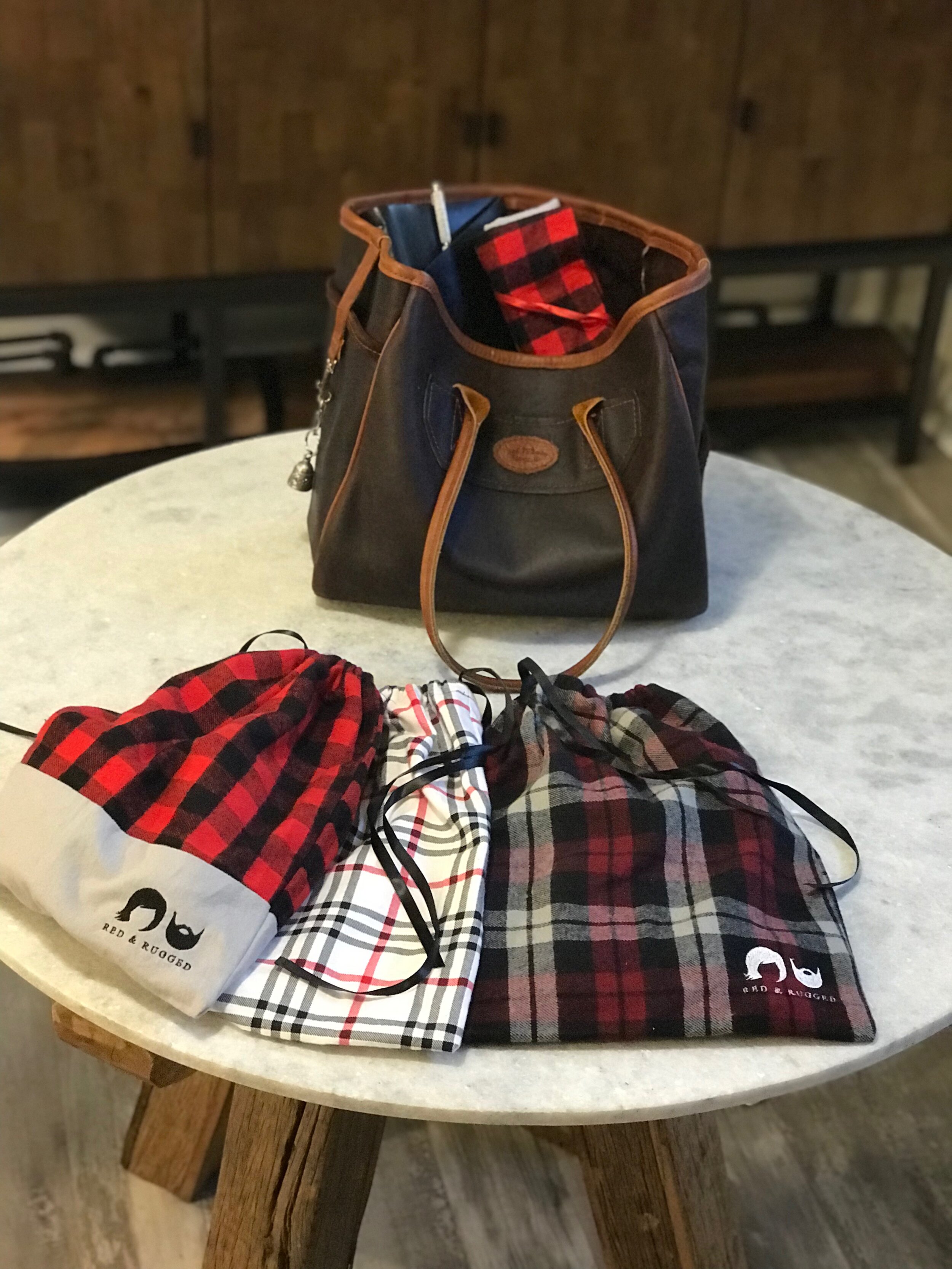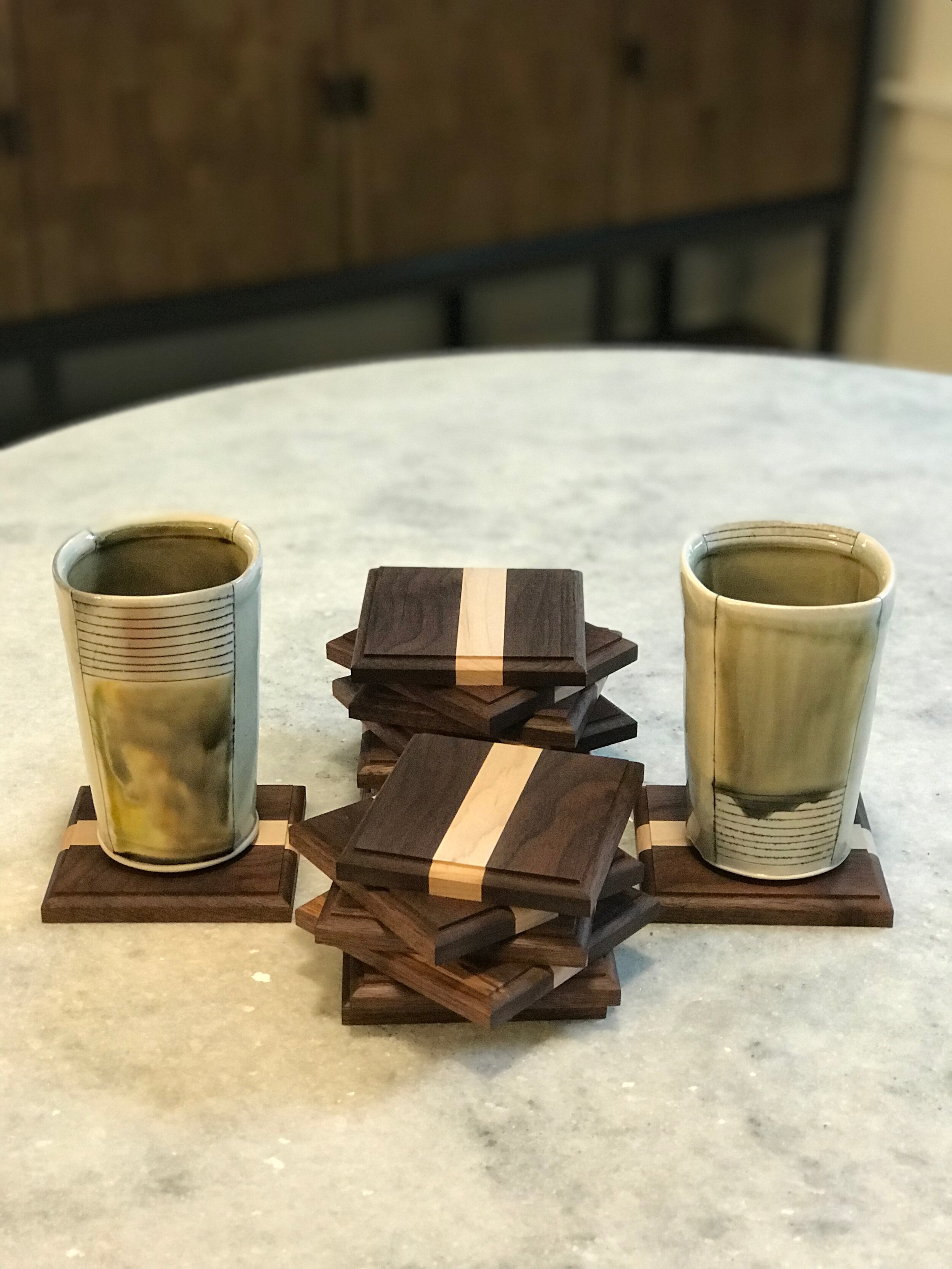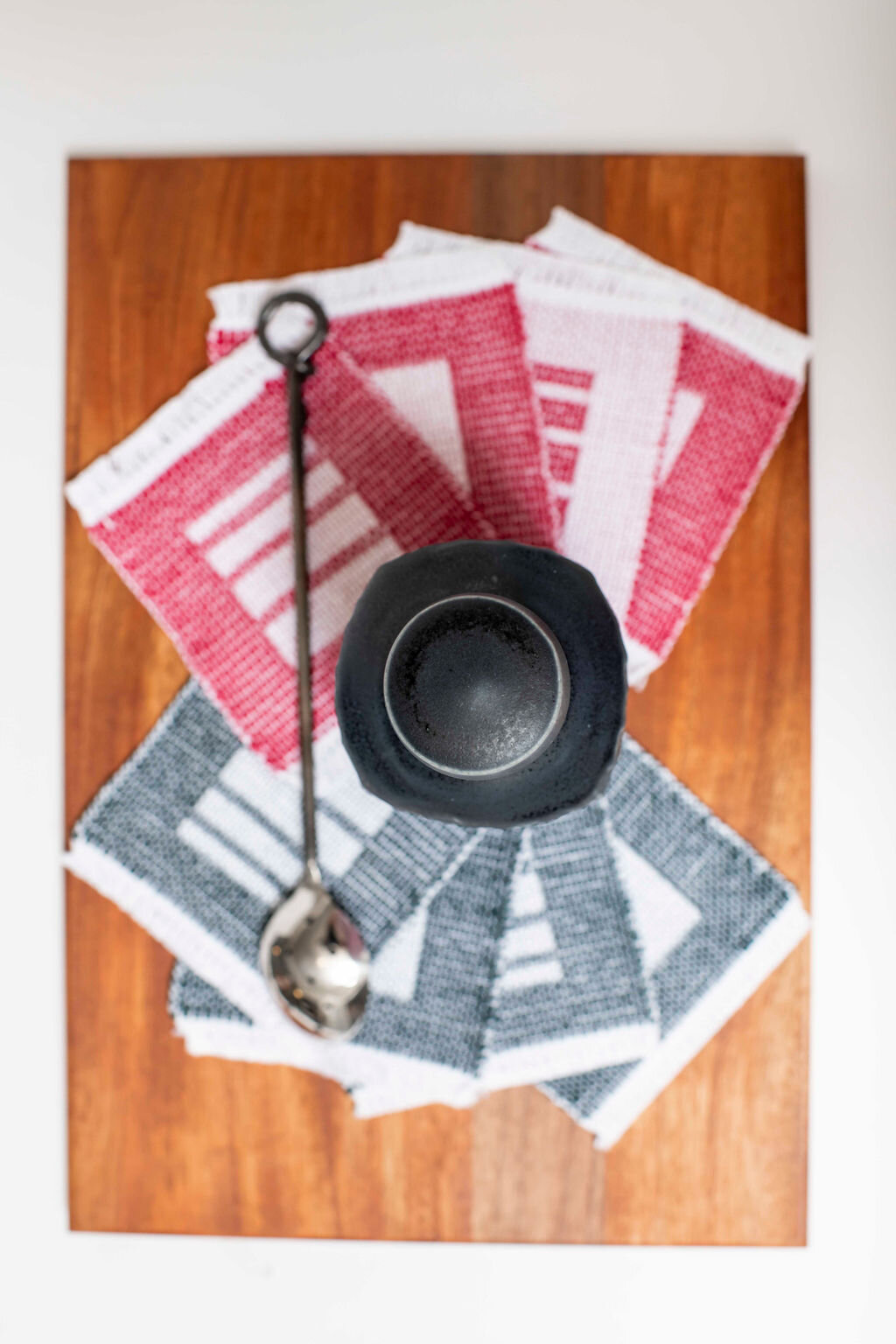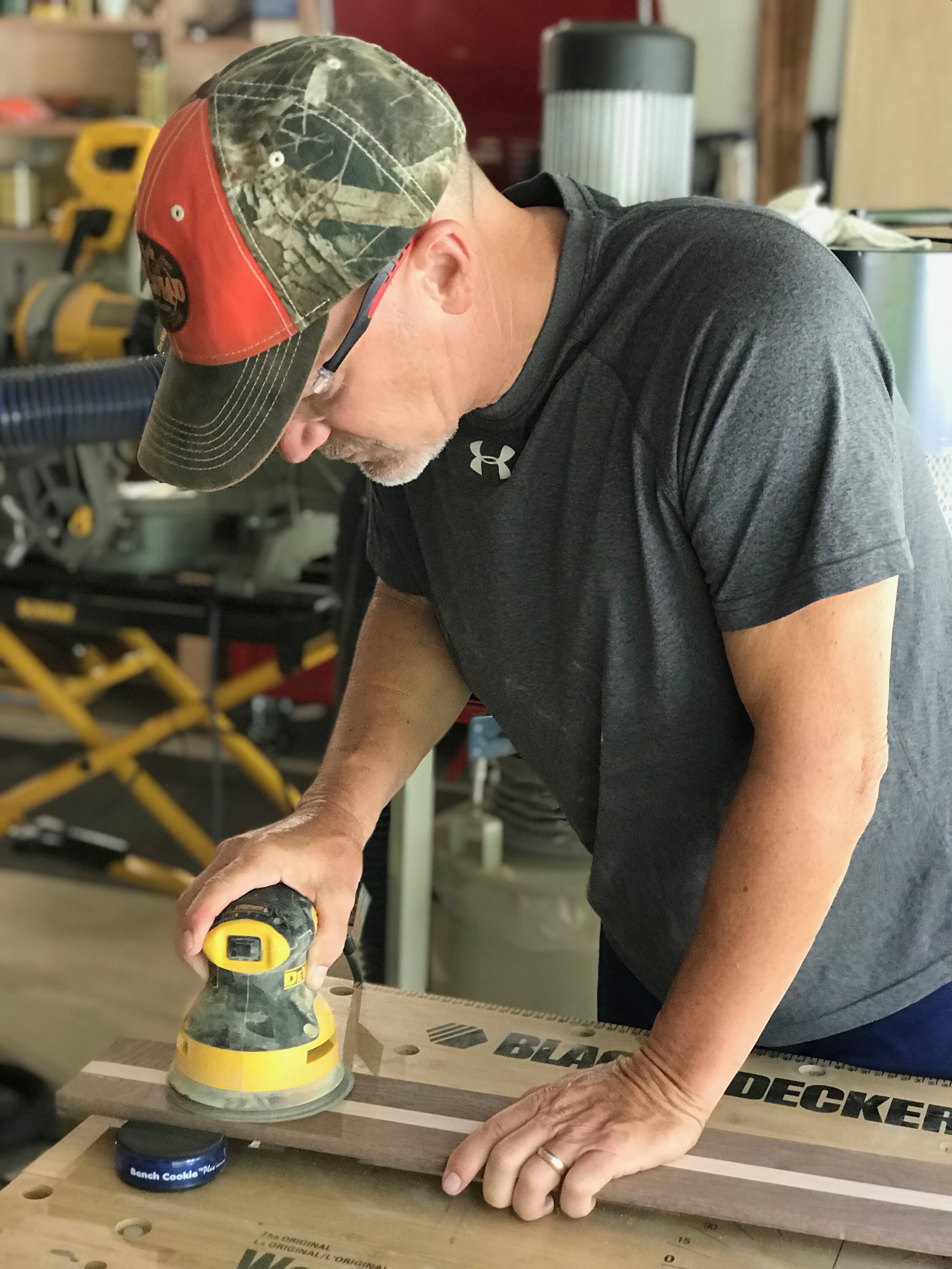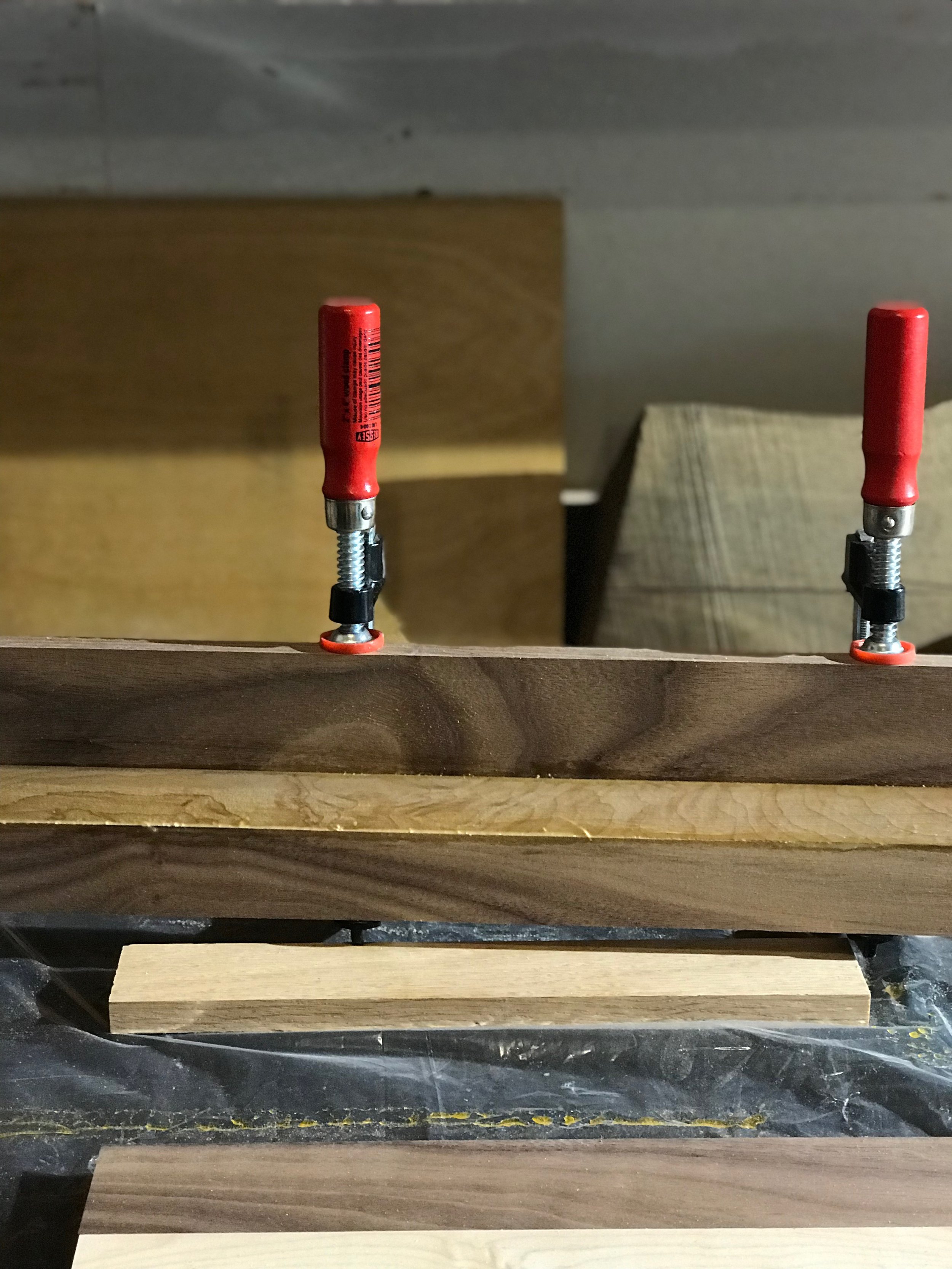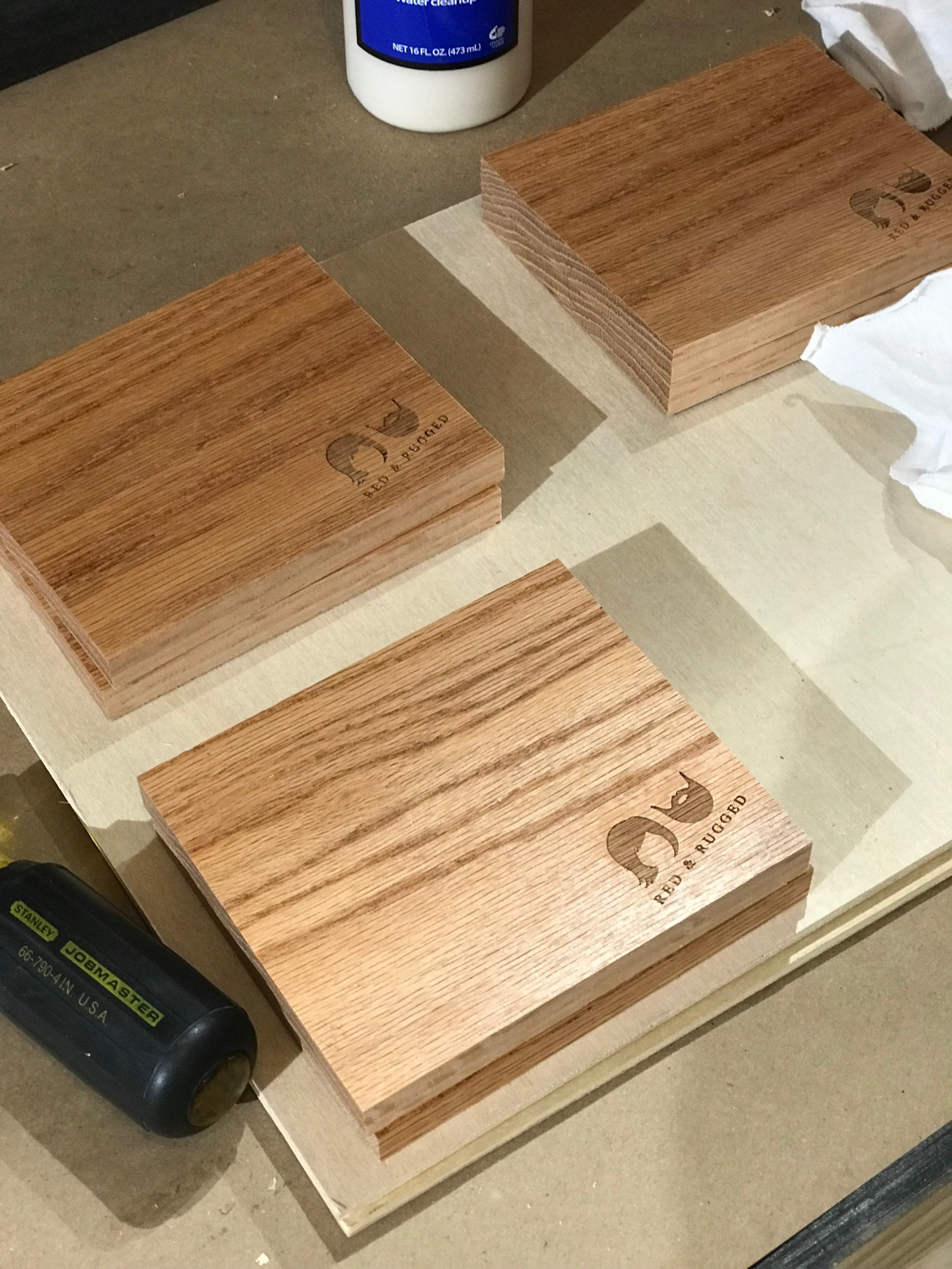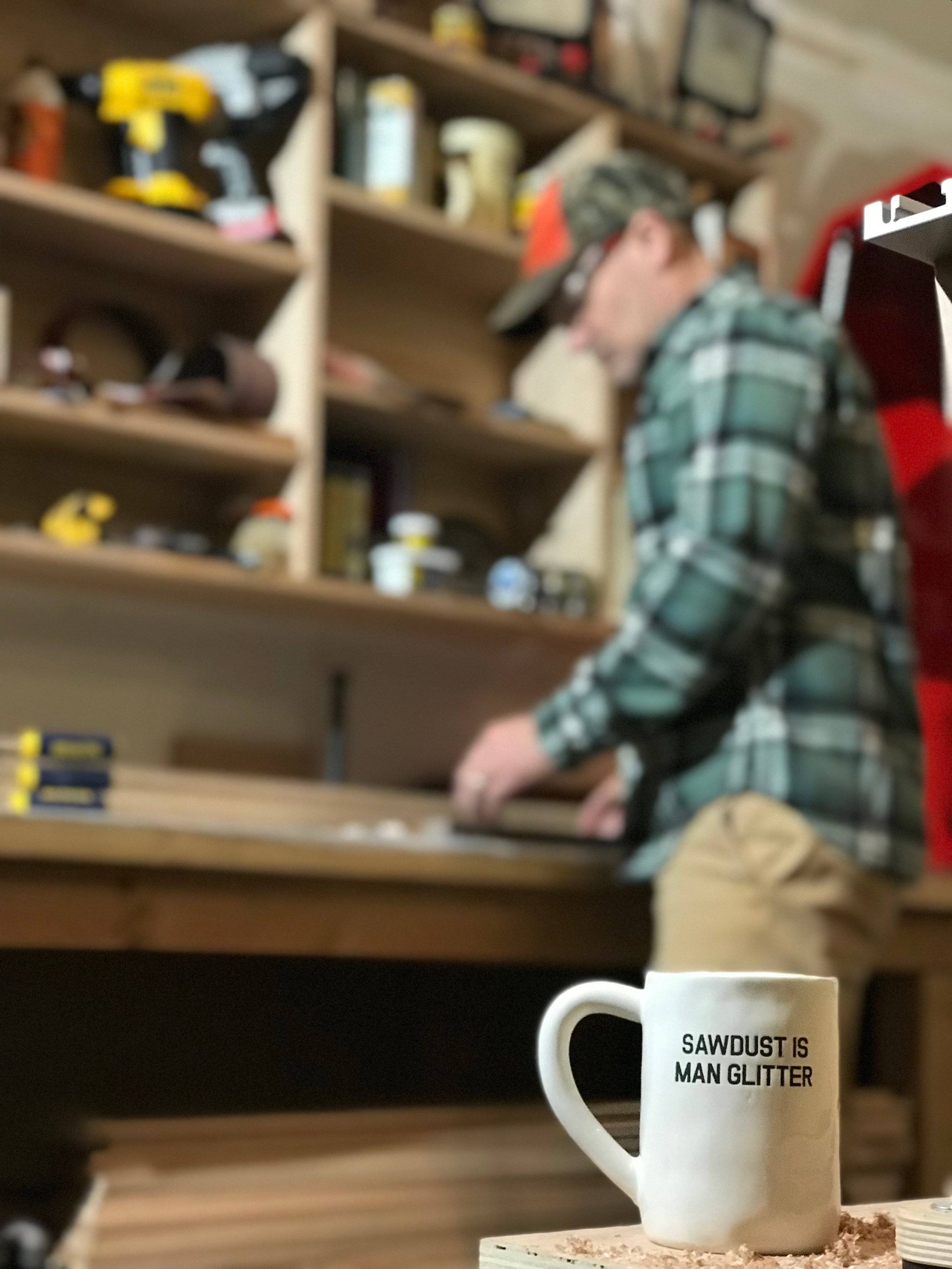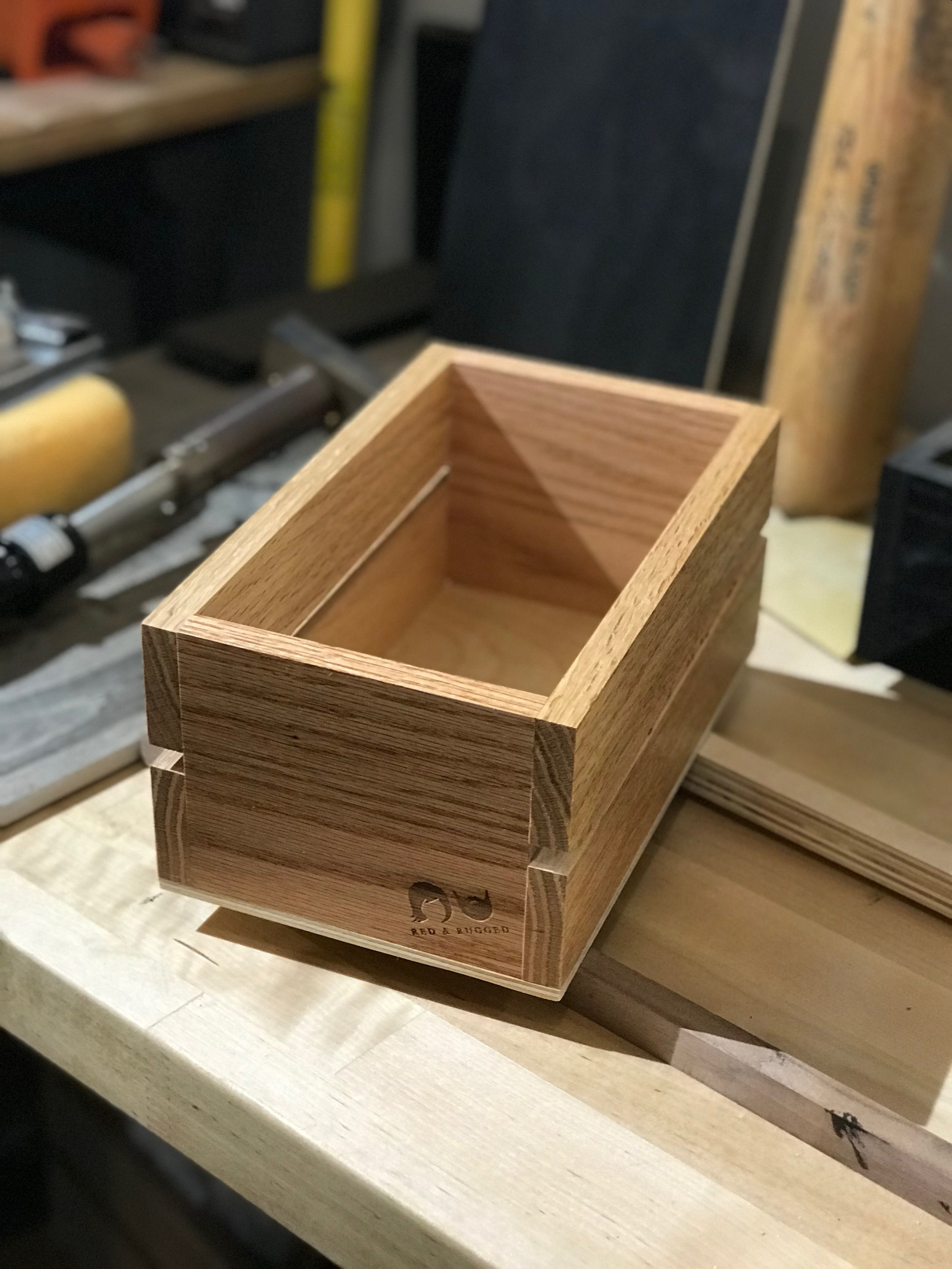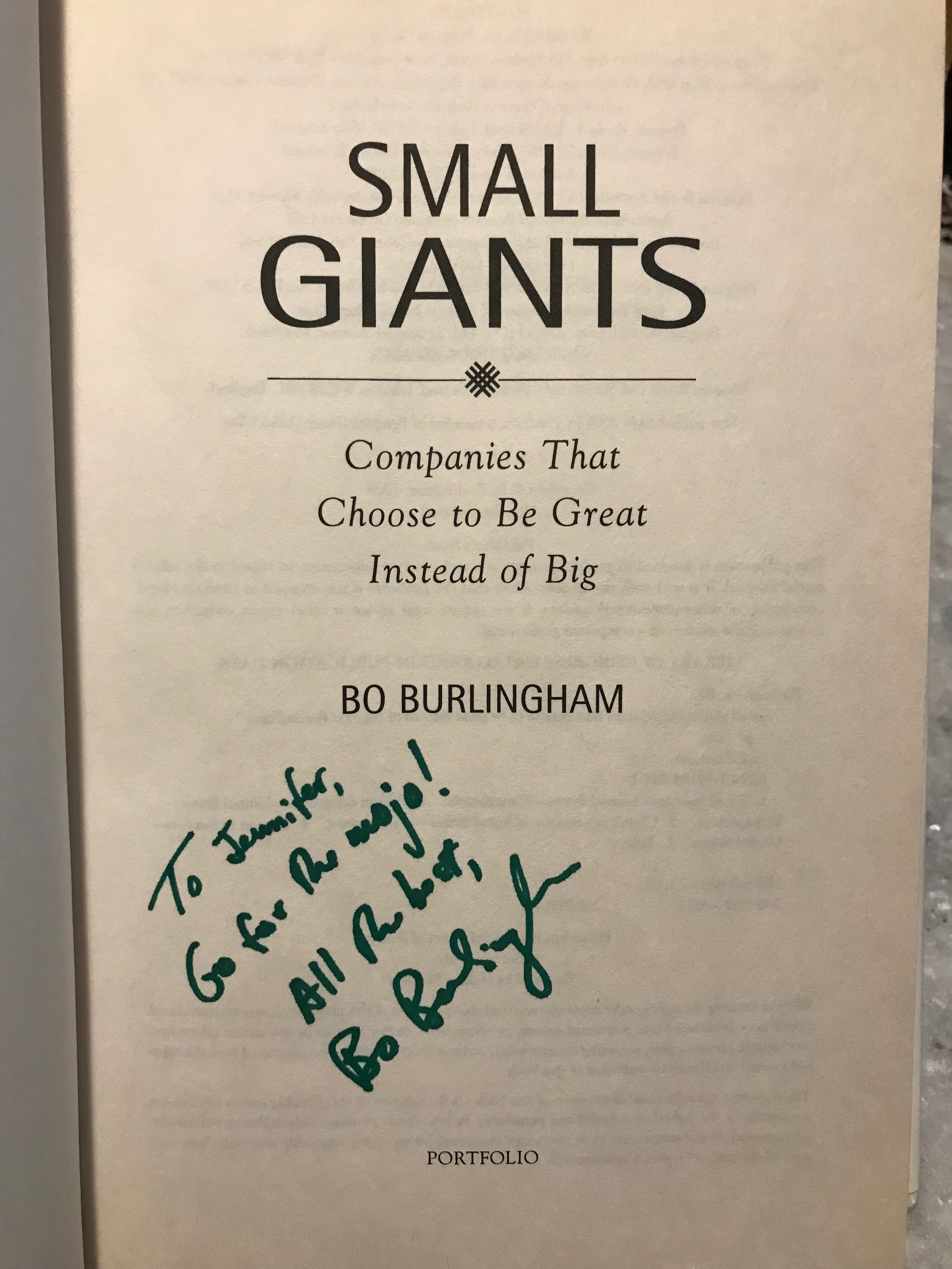Building a Foundation to Revive and Thrive
/As we post our goals, journal our dreams and visualize the future, can we also create moments of rest and reflection? How about a few deep breaths that lead us to a hearty revival of energy and spirit? Let’s take some time to reflect on how to build a solid business base in a steady yet manageable way.
One step we’re taking is preparing to add more talent to the equation - part time, contract, hourly, weekly, it’s not a one-size-fits-all. The gig economy offers a variety of options to find talented people with flexible schedules. The challenge is, we still have to set aside time on our calendars and do the research. It means slowing down (interview, train, communicate feedback) to then move faster. Admittedly, this feels daunting, but in reality, it has to be done to grow.
Here are a few things we’re doing to move forward and create the space to thrive:
Document Tasks to Hand Off
Over the course of the last six months, we’ve started to document tasks that we could delegate. It’s nothing fancy, a page on a tablet where I scribble a few words. (Rugged loves his workshop tasks, so his list will follow.) I’m making a running list I can trim later, but it’s a start. It feels like progress to write it down. I’ve been much more aware of the tasks I’m doing and the time spent doing them. I’m also aware of what else I could be doing. For example, unlike many people, I enjoy writing content, so that’s not something I want to hand off. I’m also the client-facing professional. However, operational items (inventory, shipping, research, invoicing, packaging, reports, templates.) are tasks I’d happily stop doing. It’s a chicken or egg decision. Do you add talent before you bring in the extra revenue or will more time in the day accelerate business? We’re wagering on the latter.
Virtual vs In Person Help
This decision boils down to whether the task has to be done on site or not. Packaging, for example, can’t be done online. If that’s a task we want to hand off, we need a person come here, have an area for them to work, access to the studio etc. Important things to consider. Or, reports, research, templates, these are all things that can be done from anywhere. As I jot down our wish list of tasks to delegate, I split them into virtual or in person.
Ask Around for Sources of Talent
We’re not the only ones in this situation and neither are you. Ask your business owner friends and colleagues who’ve hired, and their experience with the hires. (Cheap is not always good.) Research options via podcast interviews (see this blog for suggestions). Be sure to ask people who are close to your stage of business so you get recommendations on par with your budget. I’ve been on the phone with Belay to better understand their offering, and had UpWork recommended to us. This is in addition to the usual online options of LinkedIn, Indeed etc. Time and research are required here.
Start Creating Process Guidelines
This transition will be much smoother if there’s some kind of guideline for a new hire to follow, even if it’s bullet points. I’d like to skip this step, but logic prevails. I know I’ll pay later and spend all my time on the back-end fixing what I really wanted people to do, and not moving the needle on the company. And we’ll frustrate the talent too. So, the last time we shipped gift boxes, I sat down immediately afterward and wrote bullet points on all the steps we’d just completed. It was two pages long, and more steps than we realized. (I need to do the same thing when I post this blog too.)
Write it down, calendar it and set a timeline. This is a less glamorous side of business, however, it’s the part that will add freedom and time to enjoy the other things that make it all worthwhile.




